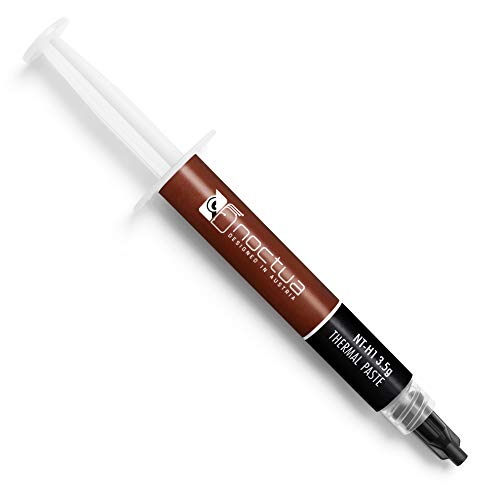Understanding Graphics Cards: What They Are and Why They Matter
What is a Graphics Card?
The graphics card, also known as a GPU (Graphics Processing Unit), plays a crucial role in how images are rendered and displayed on your computer. Think of it as the artist behind the screen, painting every pixel you see. Whether you’re gaming, watching high-definition videos, or using demanding applications like graphic design or video editing software, a robust graphics card ensures everything runs smoothly and looks visually stunning.
The Importance of Graphics Cards
Why does a graphics card matter? Let’s picture this: you’re in the middle of an intense gaming session, and suddenly, the frame rates drop, leading to lag and choppy visuals. Frustrating, right? That’s where a good graphics card comes into play—it’s responsible for rendering images quickly and efficiently. A powerful GPU can significantly enhance your experience, allowing for more immersive gameplay, smoother graphics, and the ability to handle more demanding applications without a hitch.
Choosing the Right Graphics Card for Your Needs: Gaming, Content Creation, and More
Identifying Your Primary Use
Before making a purchase, it’s essential to identify what you’ll primarily use your graphics card for. If you’re a gamer, you’ll want a card that delivers high performance at various settings and resolutions. On the other hand, if you’re into content creation—such as video editing or 3D rendering—you might need a card designed to handle substantial workloads over prolonged periods. Understanding the demands of your specific tasks will guide you towards the best choice.
Balancing Performance and Purpose
For example, serious gamers might opt for high-end graphics cards like the latest offerings from prominent brands, which provide excellent performance in the most demanding titles. Conversely, casual gamers or those who play retro games could find mid-tier models sufficient. For content creators, a graphics card with more VRAM (Video RAM) might be beneficial to handle larger files and applications without lag.
Key Features to Look for in a Graphics Card: Performance, Memory, and Compatibility
Performance Metrics
When considering performance, look at specifications such as clock speed, core count, and manufacturer benchmarks. These factors indicate how well the card will perform under pressure. For instance, a card with a high clock speed generally processes data faster, providing better frame rates during intense gaming or rendering sessions.
Memory Matters
Memory, or VRAM, is equally important. A card with higher VRAM can handle larger textures and more complex graphical data, which is especially crucial for gaming at higher resolutions or working with large files in graphic design software. A minimum of 4GB is typically advisable for gaming, while 8GB or more is preferable for content creators.
Compatibility with Your Setup
Don’t forget to consider compatibility with your existing setup. Ensure the graphics card fits in your case and that your power supply can support it without issues. It’s also wise to check if the card is compatible with your motherboard. This will save you potential headaches during installation.
Top Graphics Card Brands: A Look at the Best Options on the Market
Leading Brands
When it comes to graphics cards, a few brands stand out due to their consistent quality and performance. Companies like NVIDIA and AMD are the primary players, offering a wide range of models that cater to various needs and budgets. NVIDIA cards are often favoured for their high-performance levels in gaming and superior ray tracing capabilities, while AMD offers excellent value for money and solid performance, especially in multi-threaded tasks.
Exploring Product Lines
Both brands have different product lines, catering to everything from entry-level users needing basic graphical capabilities to professionals who require top-tier performance. Researching specific models and user reviews can guide you towards finding reliable options that suit your requirements.
Budgeting for Your Graphics Card: How to Get the Best Value for Your Money
Setting Your Budget
Establishing a budget for your graphics card purchase can significantly influence your options. It’s wise to determine how much you’re willing to spend while also considering potential inflated prices due to demand fluctuations. Aim for a balance between your needs and your budget—this might mean waiting for sales or considering previous-generation models that still offer decent performance.
Maximising Your Investment
To maximise your investment, consider not just the card’s initial cost but also its long-term value. Researching performance longevity and upgrade paths can ensure you don’t need to replace your card sooner than necessary. Reading reviews and comparisons can help clarify which options provide the best performance for your money, ensuring you make a well-informed decision.


























